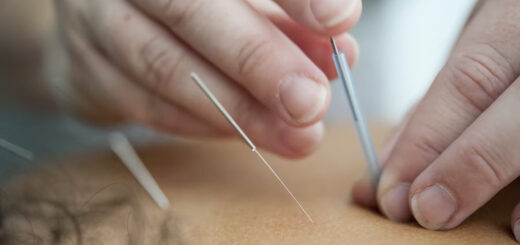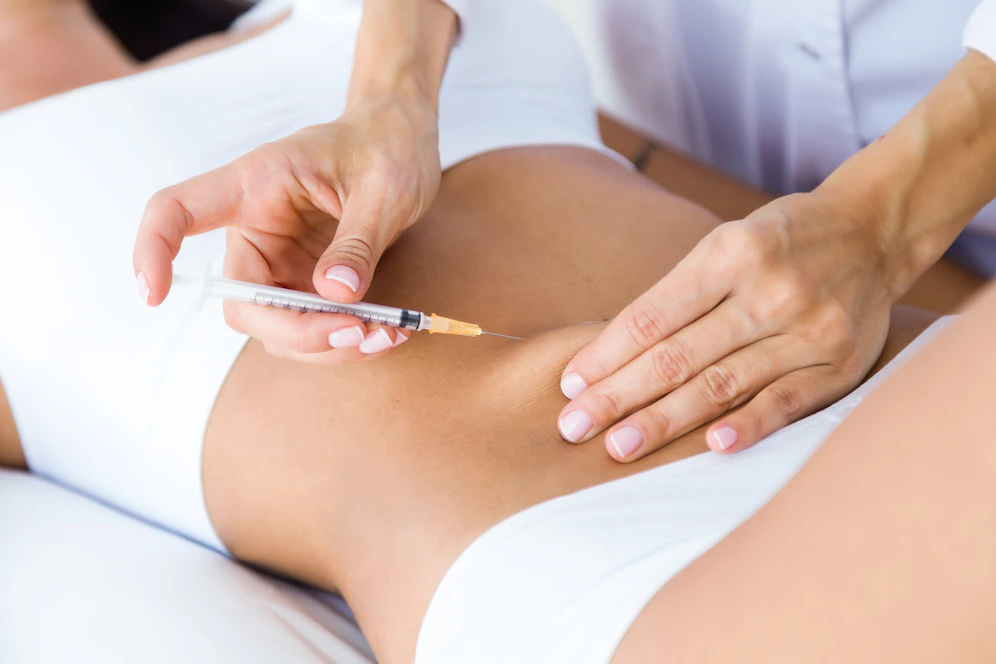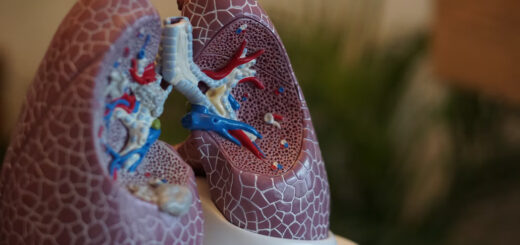Hair Restoration Treatment Overview: Eligibility, Guidelines, And Results

Most people, especially young people, experience hair loss and receding hairline as one of their most prevalent health issues. Stress, a deficiency in vitamin E, A dry scalp, dandruff, and many other conditions and deficiencies can cause hair loss. It can affect your appearance and self-confidence, which also declines as a result of the dropping hair follicles. To restore the health of your hair, hair restoration treatment aid in avoiding further hair loss and stimulating the growth of new hair follicles. The therapy for permanent hair loss may involve scalp reduction and other hair transplant techniques.
What Is Hair Restoration?
The term hair restoration refers to all services and methods available on the market to either restore hair or give the appearance of hair density. These methods may include platelet-rich plasma injections, micro scalp pigmentation, and prescription drugs. Another hair restoration method is hair transplantation that removes hair from donor areas and transplants it to areas of concern. All the above method of treatments can be done only in the hospitals and clinics.
Eligibility
Most men who have hair loss are candidates for hair restoration surgery. Female hair loss is more complex than male hair loss. The surgeon and the patient’s primary care physician should examine each case specifically for women. The donor area’s density and quality are crucial for a hair transplant. Suitability for a hair transplant may be difficult if the patient’s donor location needs hair of sufficient quality or density. Only with the treating physician’s and the hair surgeon’s consent may an operation be carried out. Conversely, chronic illnesses like liver, kidney, or heart failure people are not eligible for hair transplant. Patients who underwent chemotherapy for cancer are also ineligible.
Guidelines
The hair transplant process has specific post-treatment recommendations that advise against using aspirin-containing products or consuming alcohol for around 3 to 5 days after the procedure. When shampooing, the recipient region shouldn’t be immediately sprayed with water. Instead, using a cup, the area should be gently washed for around 4 to 5 days.
Painkillers other than aspirin can be used to relieve pain. Once the crusts have fallen, hair dryers, coloring, style, and cutting can all be done. In addition, the doctor can be contacted in case of any other emergency. In hair restoration clinic, doctors provide comprehensive instructions on how to maintain your hair after the treatment.
Results
Because new hair follicles can grow back from the transplanted place, hair transplantation may become a permanent cure for baldness. It depends on the type of care given to the person’s hair and scalp the hair will stay in your scalp. Additionally, the hair will fall out owing to the normal cell cycle, but new hair does develop from the transplanted spot and is visible over time. Before making the appointment for the hair transplant treatment, you can check the feedback of the hair restoration near me for the better move. Dr. Mohan Thomas Aesthetics is one of the best for each patient. Schedule a consultation to get comprehensive advice and information about your hair restoration.



